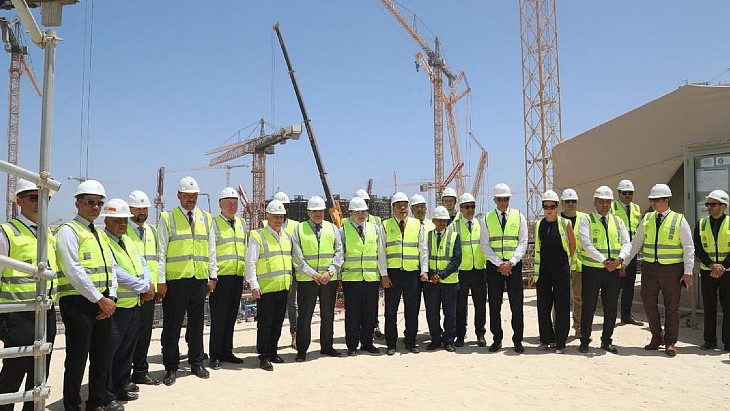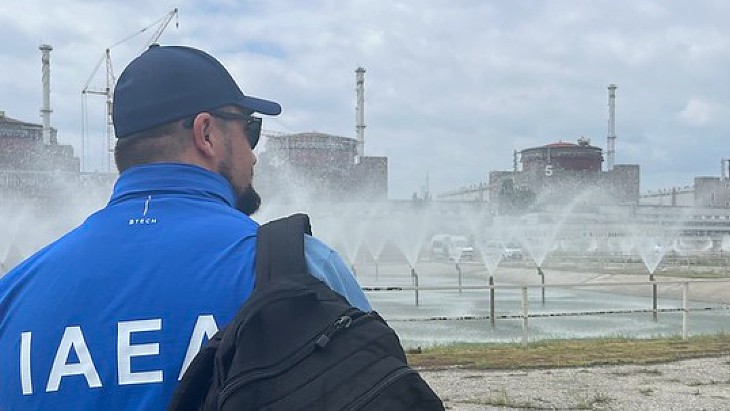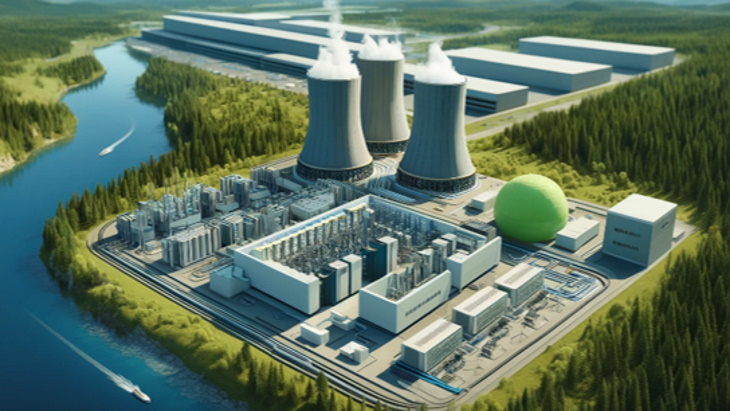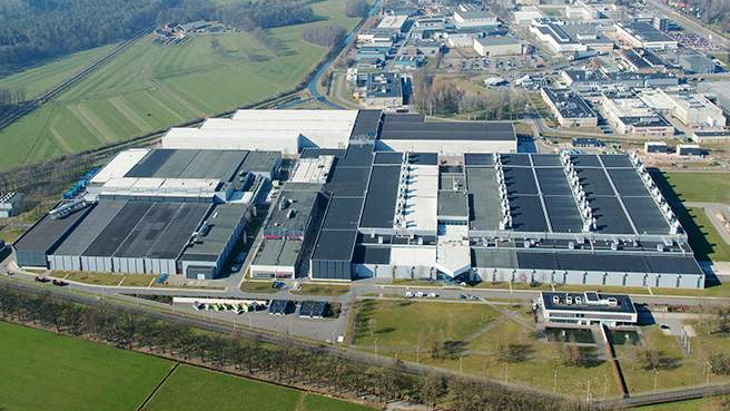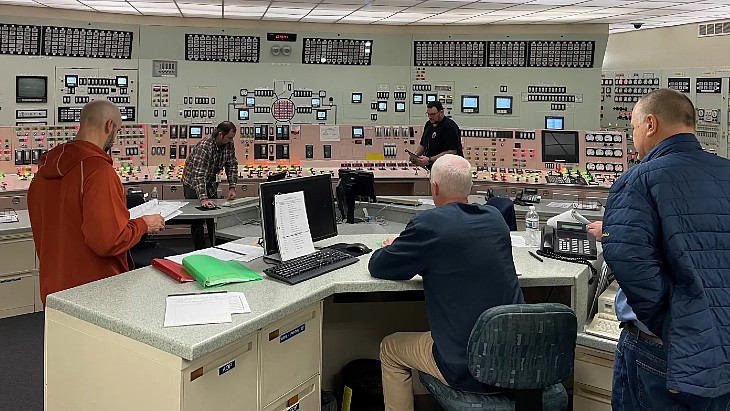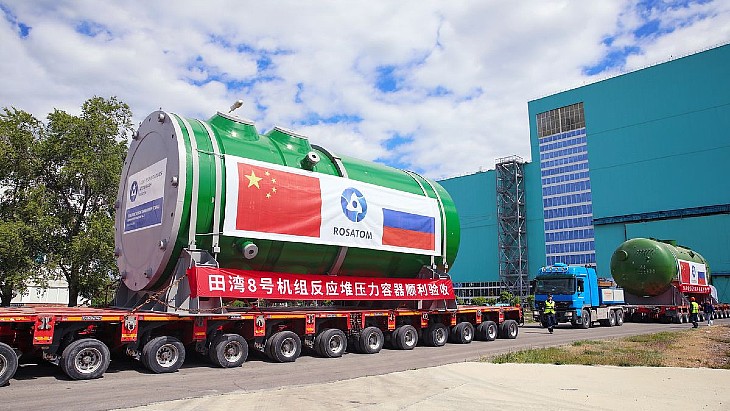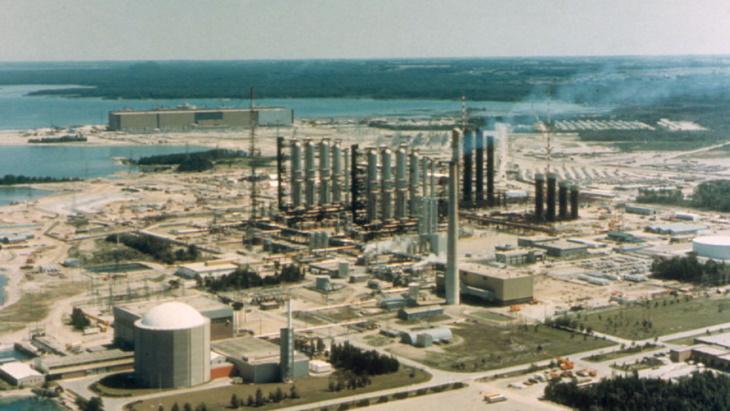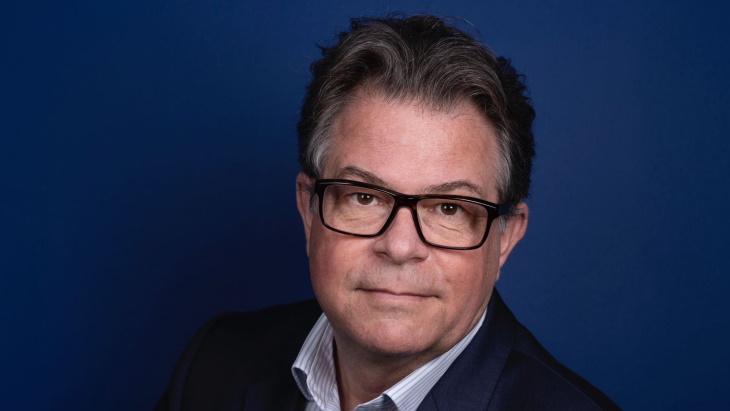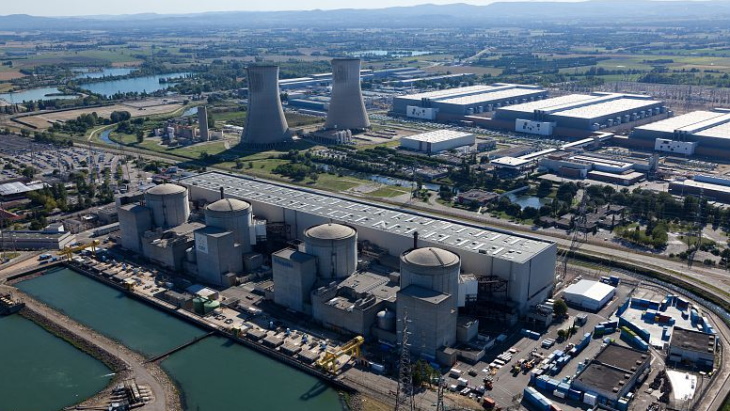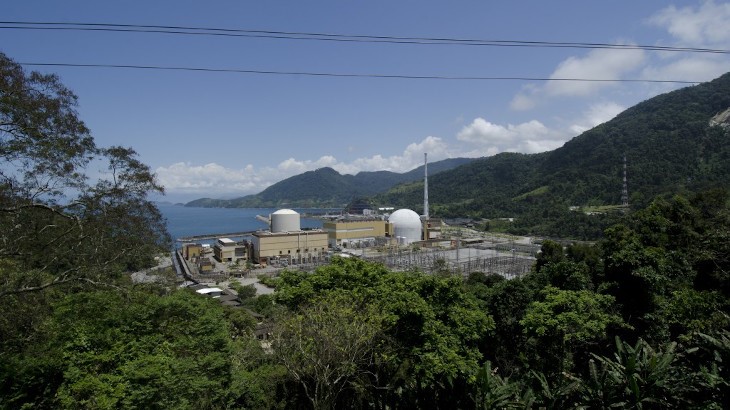Source: https://www.world-nuclear-news.org/Articles/Life-extensions-vital-to-underpin-future-expansion
Expanding capacity with uprates and new build at existing nuclear plant sites are part of Constellation Energy's plans to meet growing needs for clean energy in the USA - even a restart of Three Mile Island is not ruled out - but extending the operating lives of existing nuclear plants will be vital, CEO Joe Dominguez has told investors.
Constellation lays claim to be the USA's largest producer carbon-free energy, with a fleet of nuclear, hydro, wind, and solar generation facilities that powers more than 16 million homes and businesses and provides 10% of all clean power on the US grid.
The data economy and Constellation's nuclear generating capacity "go together like peanut butter and jelly", Dominguez said in the company's Q1 results call on 9 May. Constellation is having "conversations" with multiple "large, well-known companies" about meeting their future energy needs, although such "large and complicated transactions" will take time to finalise.
"I think the interest is like nothing else we've seen in 20 years in terms of the number of clients that are coming to us and size and scale of the opportunity," he said in answer to investor questions about the potential growth and timing of demand to power new data centres. The size and complexity of the contracts involved, however, mean that such contracts are not likely to come into effect until the second half of this decade, as data centres begin to ramp up.
The "role and importance" of nuclear will only grow as such demand increases, he said, and Constellation intends to be a leader in adding "new, clean, reliable megawatts".
The company intends to do this in three ways: extending the operating lives of its existing sites through licence extensions; increasing output through uprates; and building new capacity. The first of these measures - continuing to run existing plants through licence extensions - "is quite simply the most important thing we can do for America's clean energy future", he said.
The company is already adding megawatts through uprates at current plants, he said, citing already announced plans for uprates at the Byron and Braidwood plants that will add some 160 MWe over the next few years, while it believes that uprate opportunities at other plants "will add up to 1000 megawatts or perhaps more of clean firm power to the grid".
Thirdly, he said, Constellation is "looking to partner with others to locate new technologies including new nuclear" at its existing sites. He outlined how that could look, referencing Constellation's response to a Request for Information issued earlier this year by Google, Microsoft and Nucor Corporation. These companies are looking for "power today, but also some role in building new clean power supply in the future", he said. Constellation has proposed a "multi-tiered structure" providing power today from existing power plants under a long-term power purchase agreement (PPA) while working together with the customer to begin to evaluate opportunities to add new capacity through licence renewals, uprates and other "organic" opportunities to add additional megawatts "and then finally to investigate different technologies or SMRs" sited at its existing locations.
Over time, he said, Constellation would anticipate working with the customer to select the technology, with the customer - through increases in the PPA - funding site development work and construction, and Constellation operating the unit on behalf of the customer. "I can tell you it's of great interest to a number of clients in this space that not only want to have immediate access to power today, but want to have more clean power in the future."
Rolls Royce technology, in which Constellation has a small equity position, would be one that would be considered "but we would also look at other competing SMR technologies and we'd work with the owner to figure out which technology best meets their future need at the cost that's appropriate", he said, but emphasised that "the most important thing right now" for customers in this space is to "make sure the existing fleet we have right now is ready and funded for subsequent licence renewals".
Questioned on whether Constellation was considering restarting Three Mile Island unit 1, which was shut down for economic reasons in 2019 after more than 45 years of generation, Dominguez said that "seeing what happened with Palisades" - a shut-down plant in Michigan which Holtec is planning to repower, with federal government support - was "brilliant".
"We're not unaware that that opportunity exists for us … we're doing a good bit of thinking about a number of different opportunities, and that would probably be certainly one of those that we would think about."
Nuclear recognition
The financial community has also "embraced" nuclear energy, understanding its importance to US success, Dominguez said, and with the strong demand from investors for the nuclear green bond issued by Constellation earlier this year providing "recognition that clean, reliable nuclear energy is critical to meeting the sustainability goals of the nation".
In addition, more and more customers are acknowledging that nuclear should be part of meeting their own clean energy goals, he said, highlighting two recently signed deals for hourly matched carbon-free power from existing plants.
"In each case we converted these customers from a renewable-only product to a product that now uses nuclear energy to fill in the gaps when renewables don't operate. Each will ensure that our customers have full time power - clean power - each and every hour that they're consuming."
